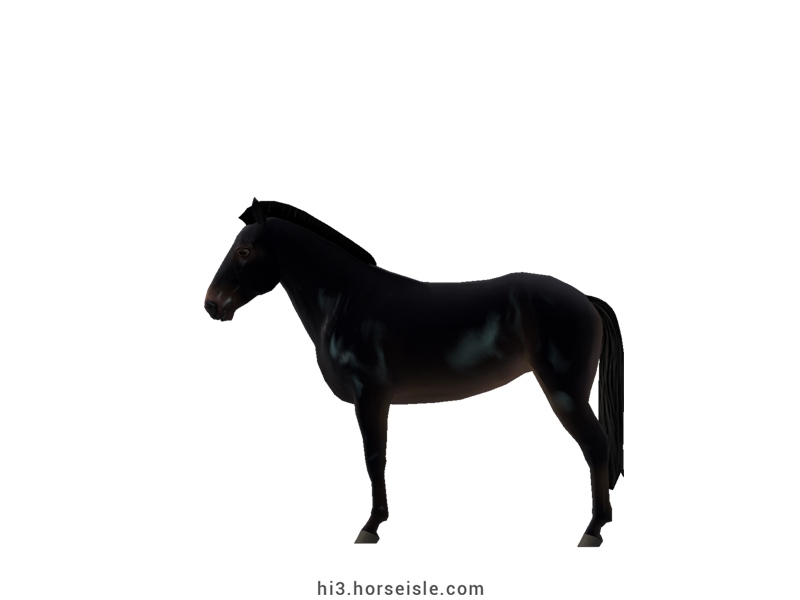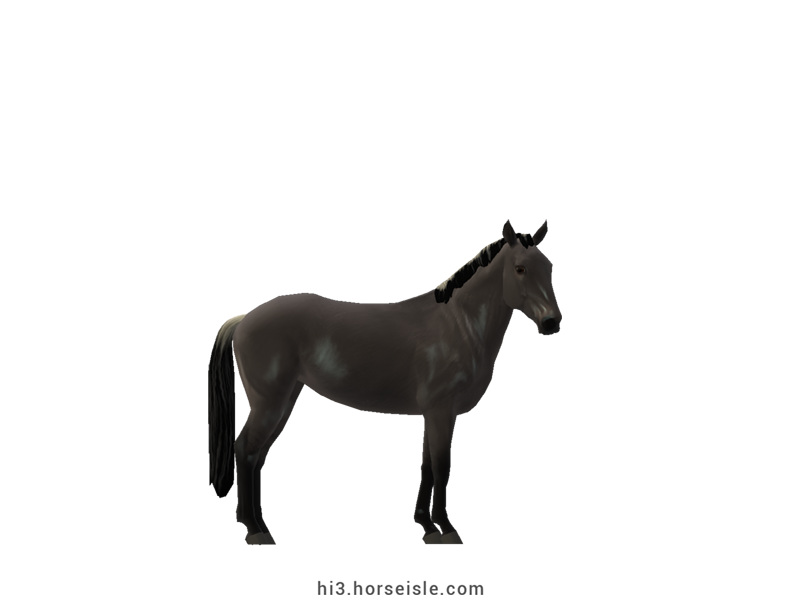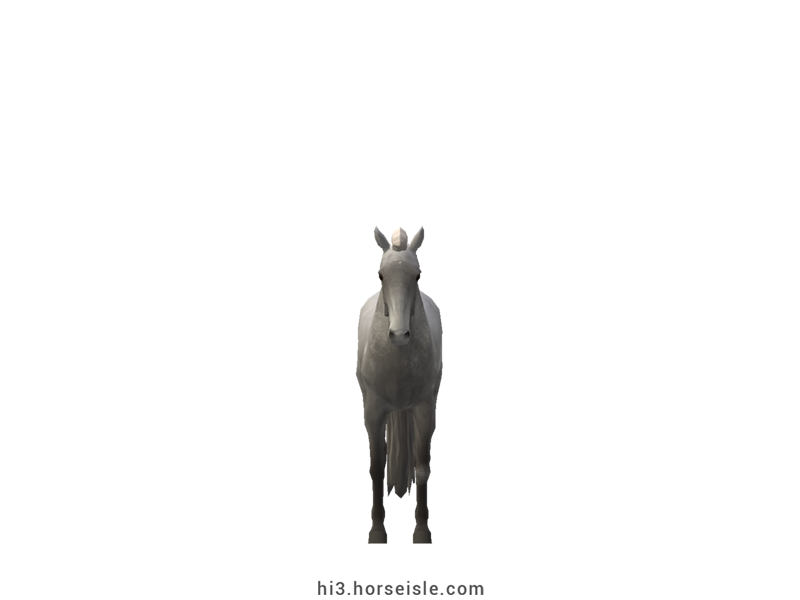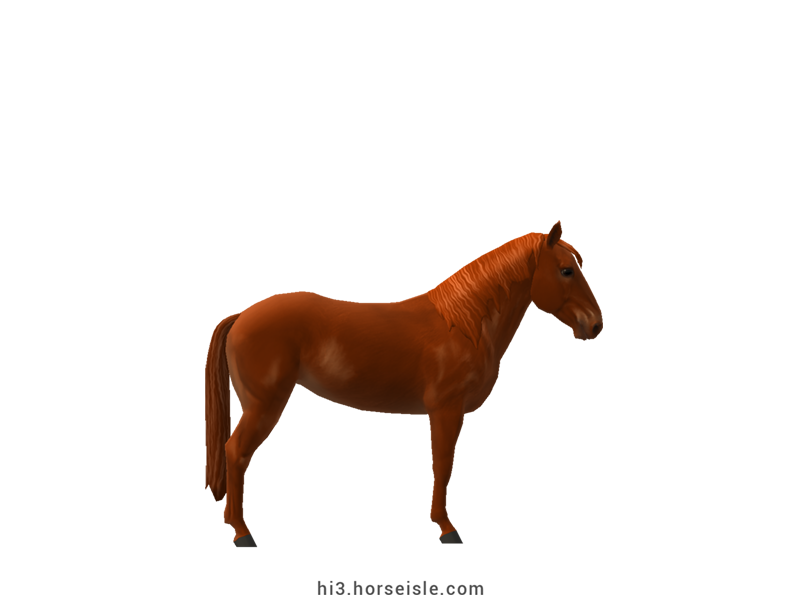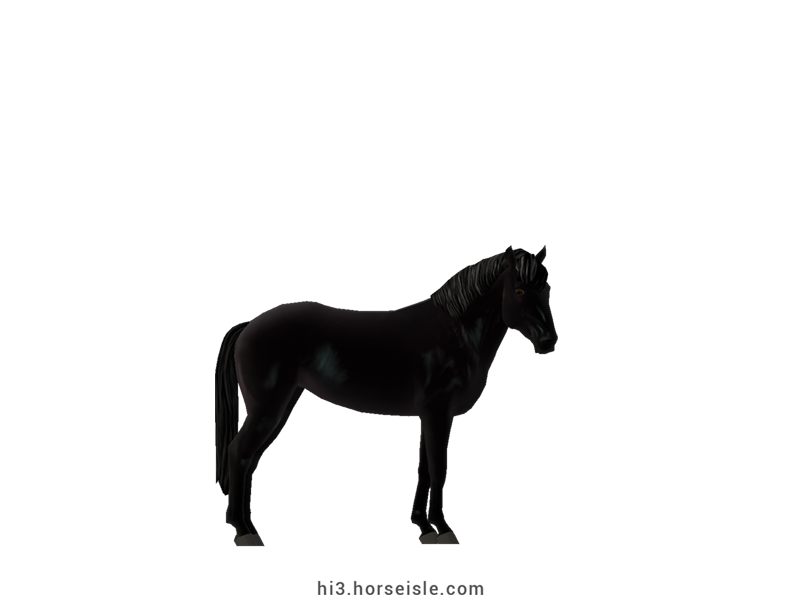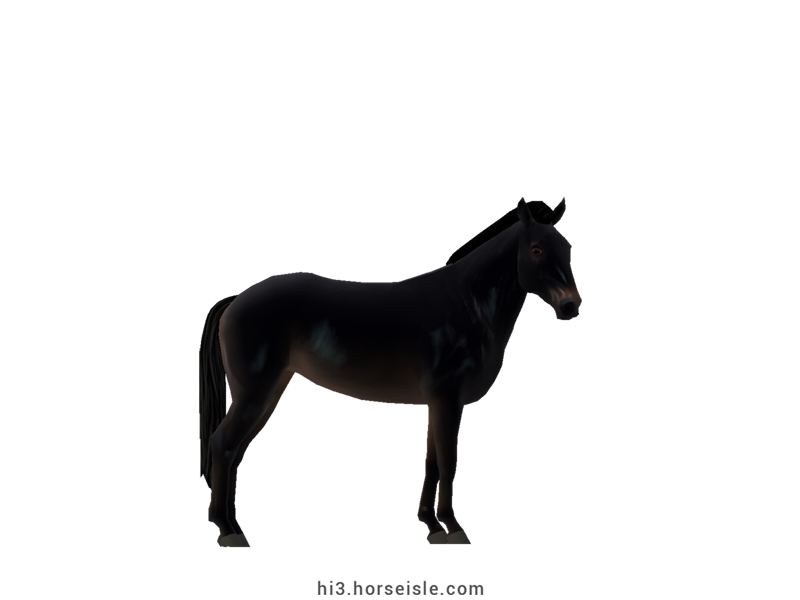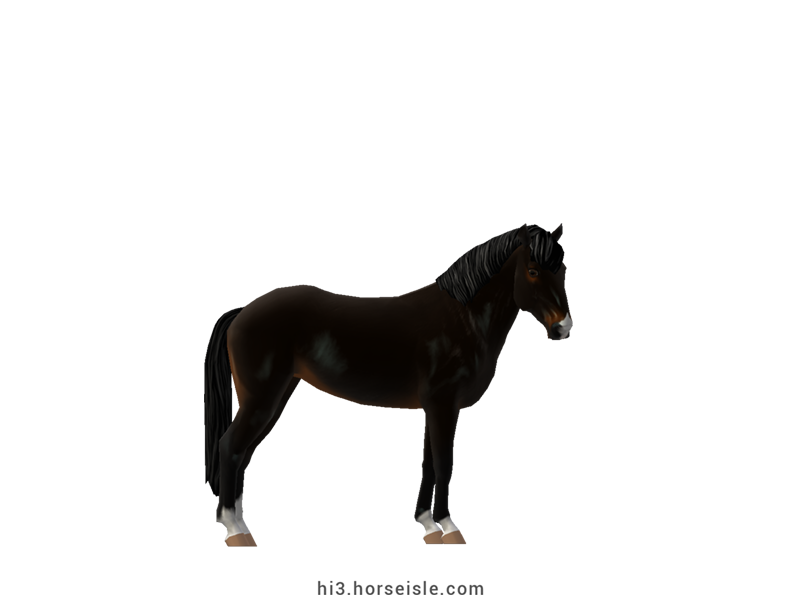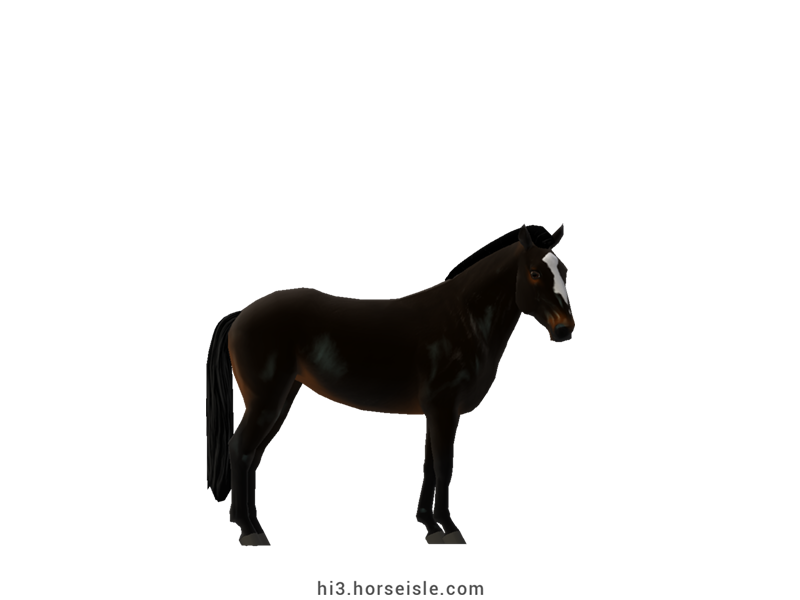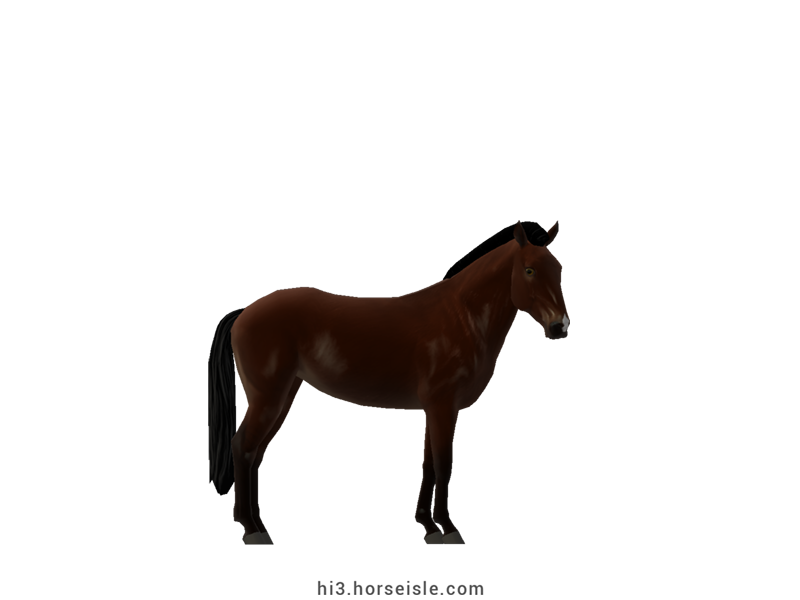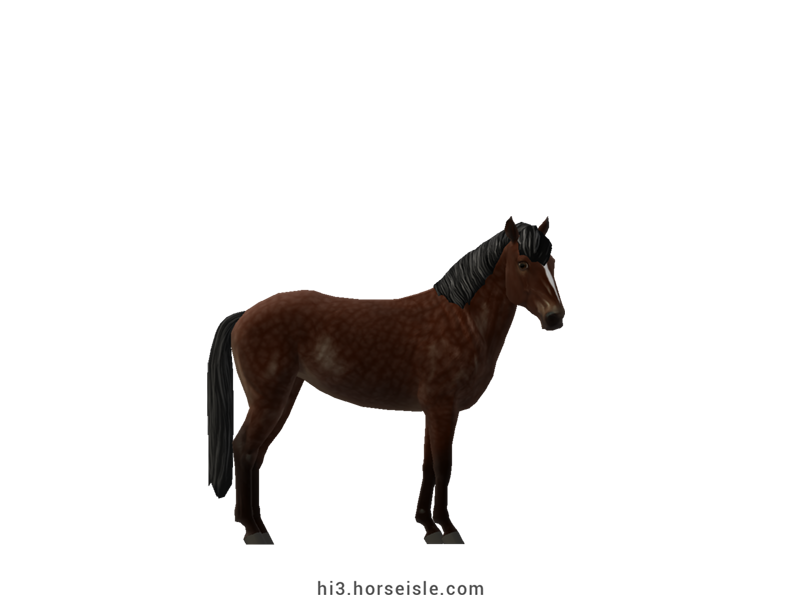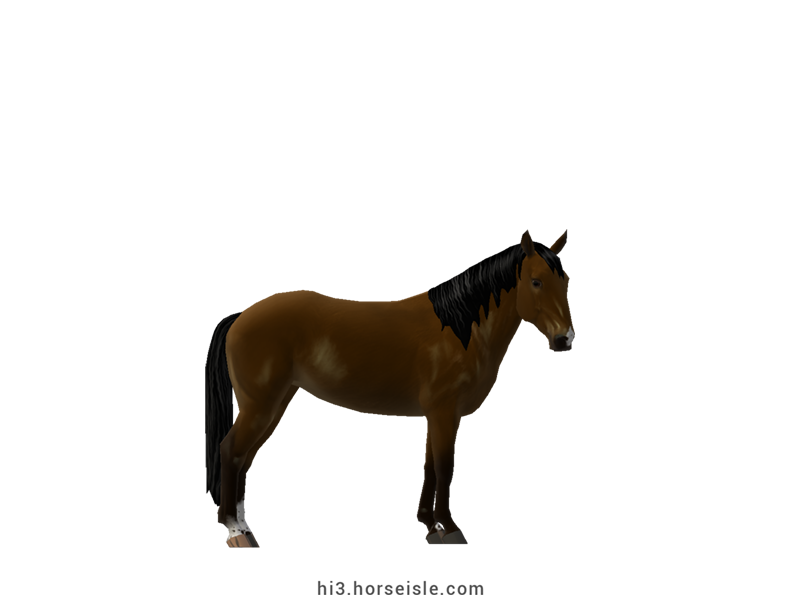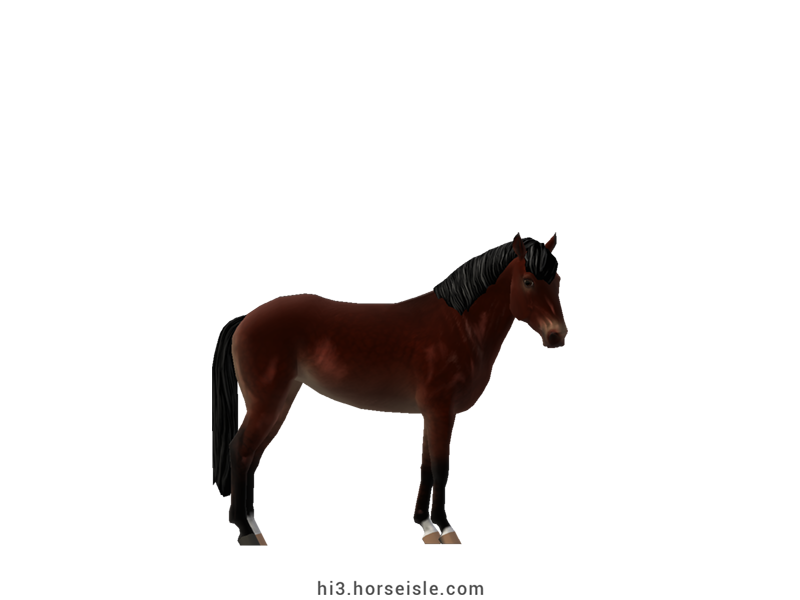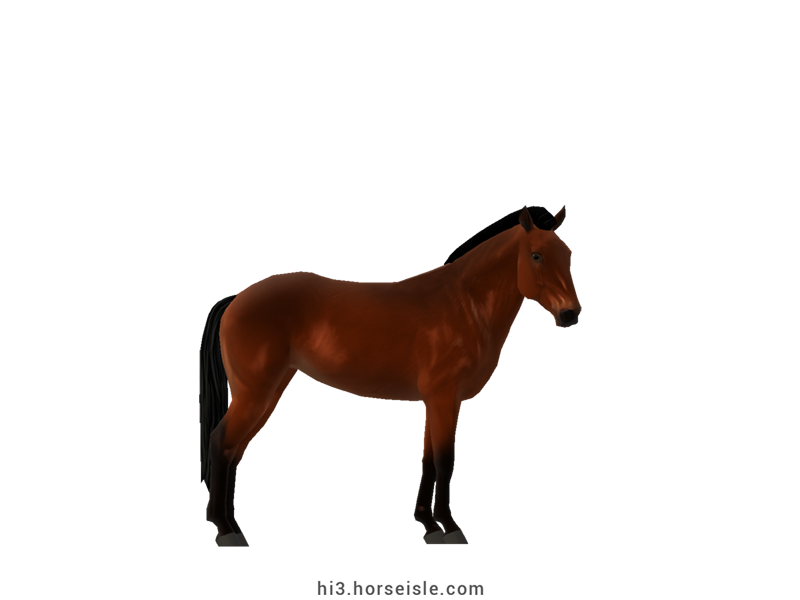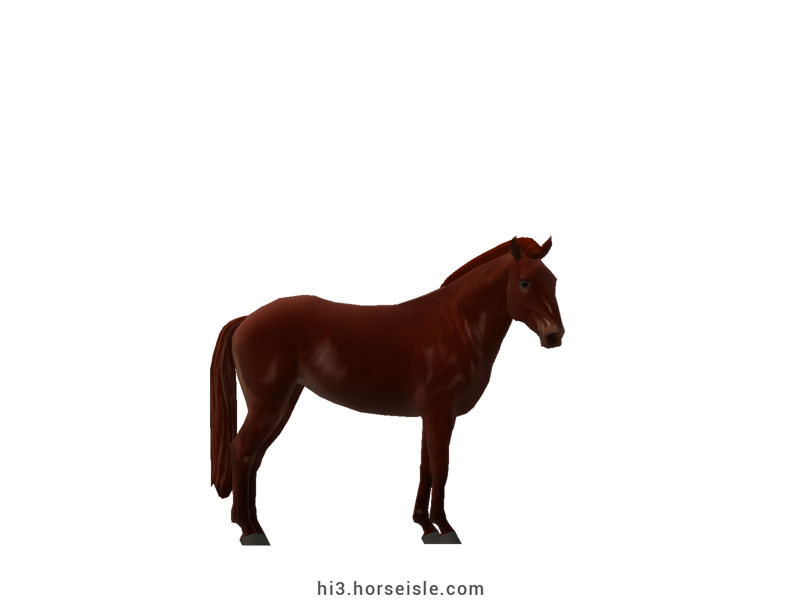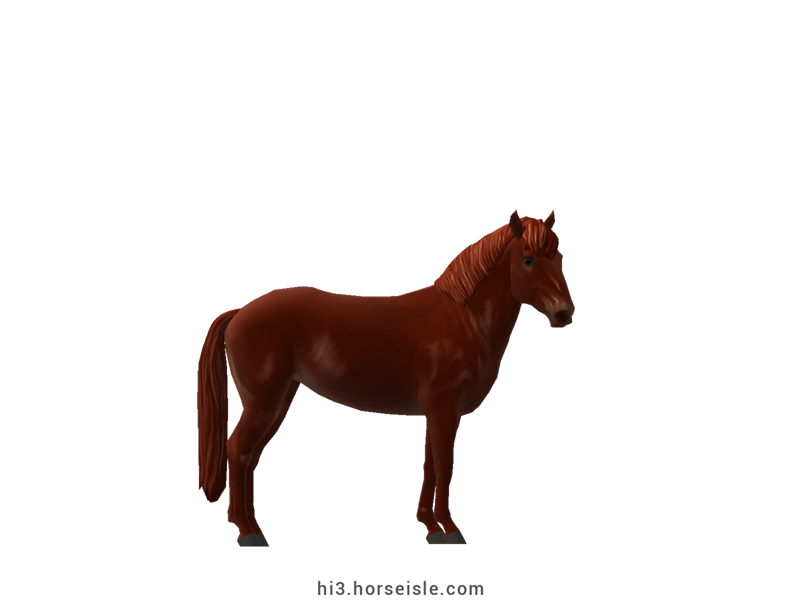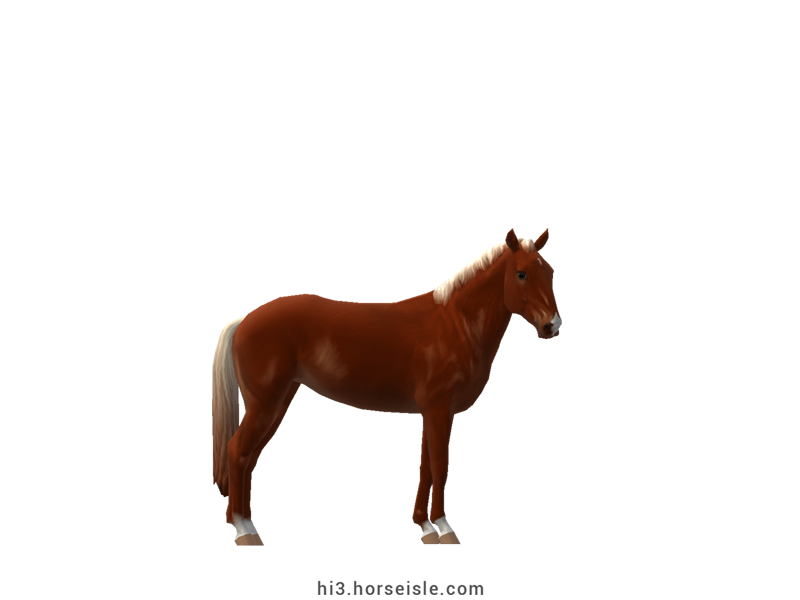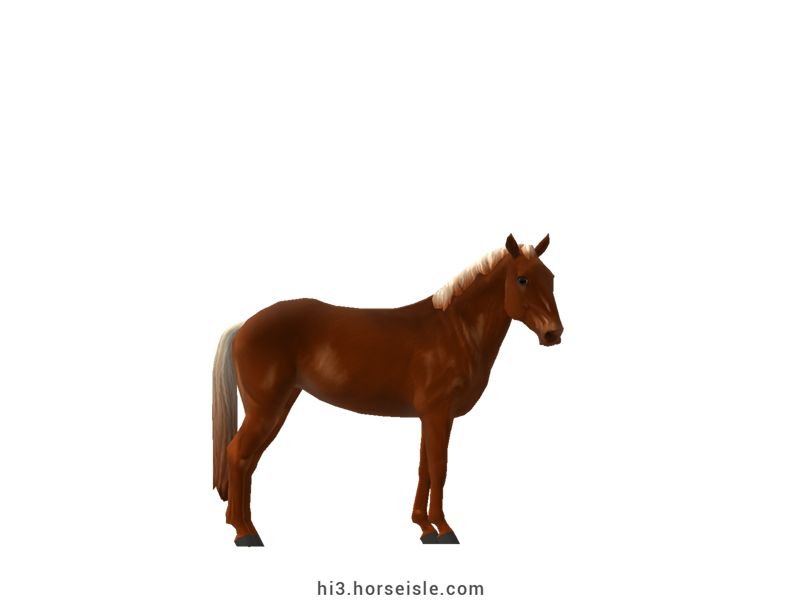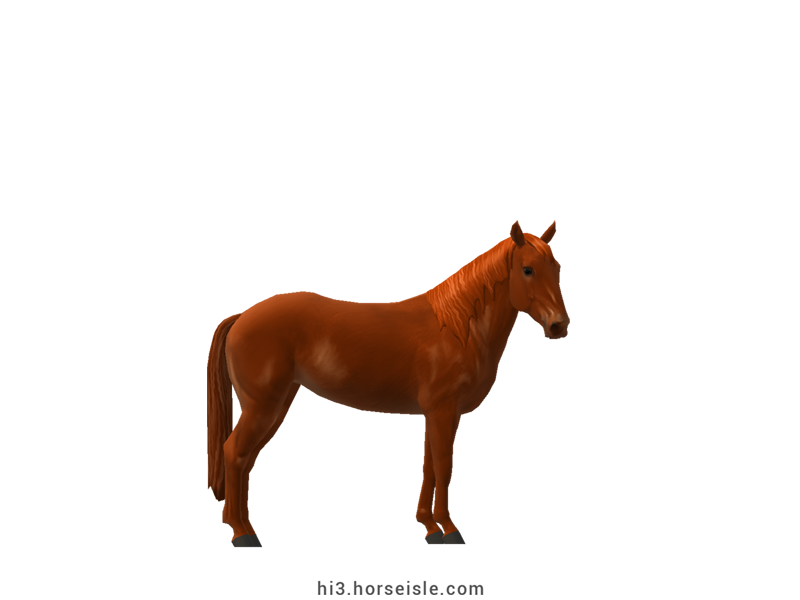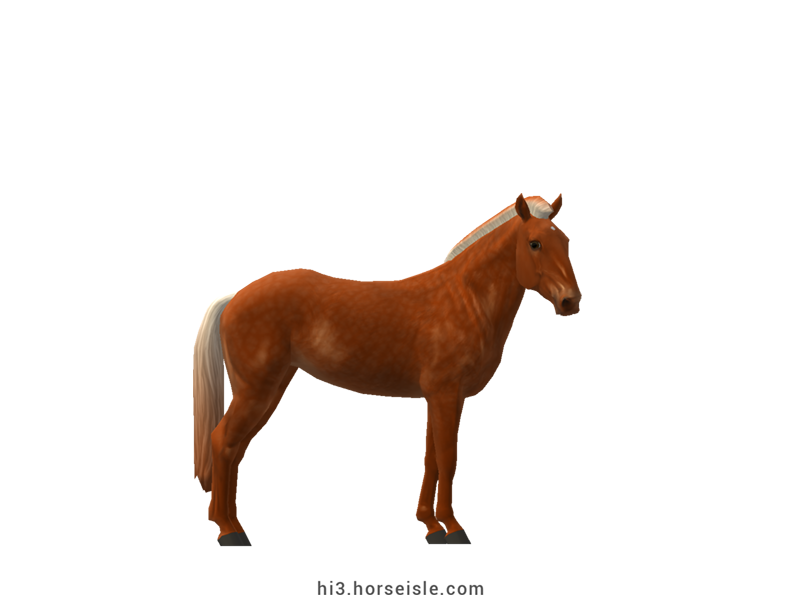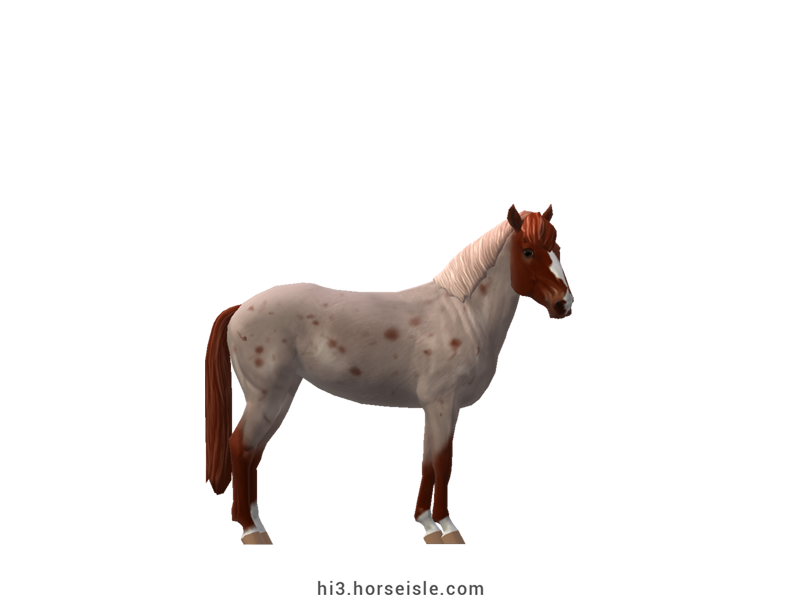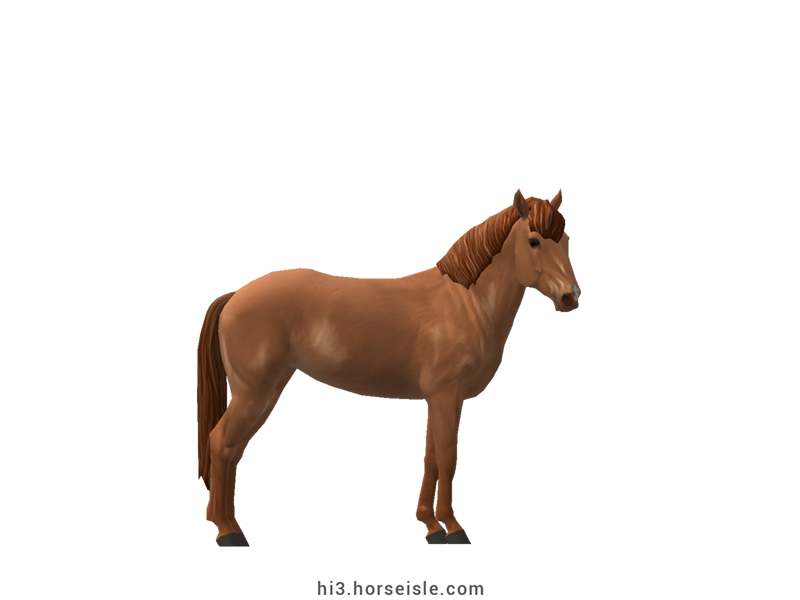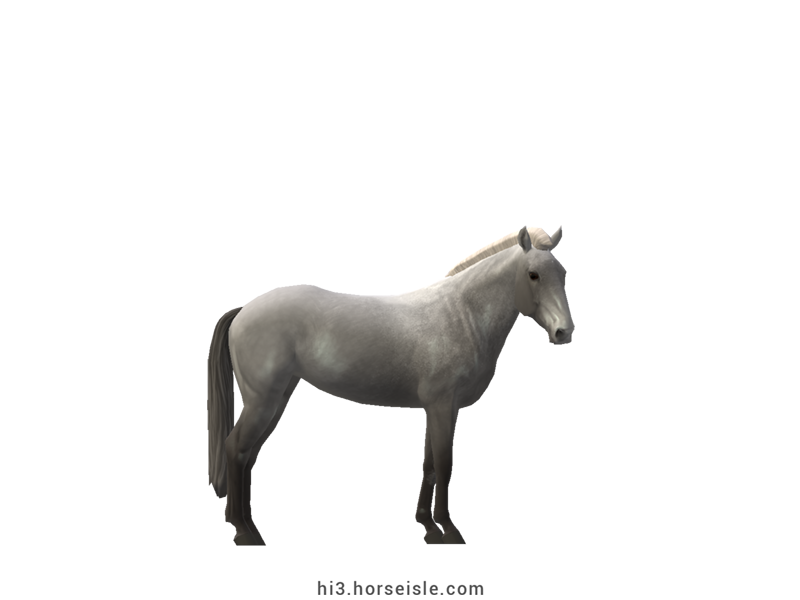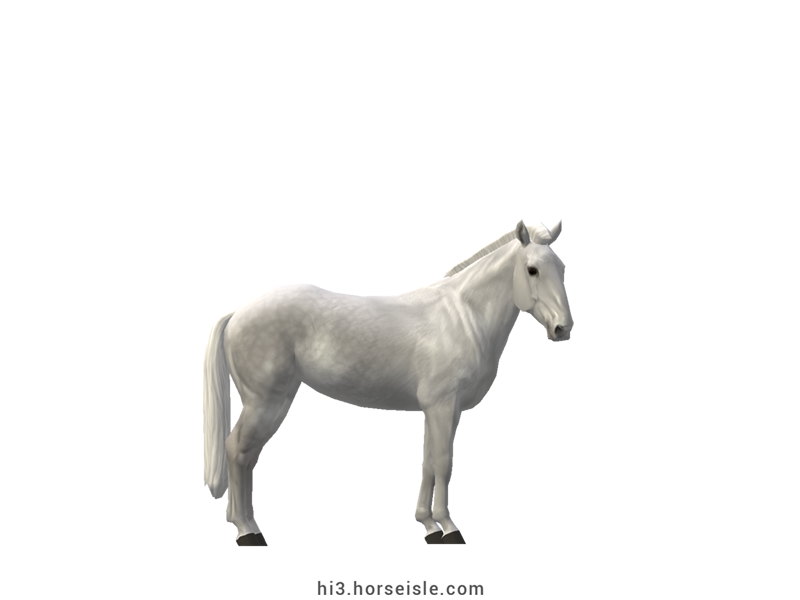Our Massive Real World Equine Reference!
[ INDEX ] Equine Type: Horse Breed: Andean [ PREV ] [ NEXT ]
The perfect horse for high altitudes:
As the name suggests, the Andean was developed in the Andes, which is a range of mountains that can be as tall as 6,700 meters above sea level. While most horse breeds struggle to cope with such altitudes because of the thin air and low temperatures, the Andean is acclimated to this environment, and thrives in these mountains.
Andean horses have a thick coat that protects them from the cold. In addition, their lung capacity is greater than that of most other horse breeds. This helps them cope with the thin air, and prevents them from experiencing shortness of breath even when galloping.
An ambler and a racehorse:
Andean horses have exceptional endurance, and are strong enough to climb steep mountains at ease while carrying a rider and their cargo. Most of them are gaited and comfortable to ride, which is why they are usually used for trekking across the mountains.
To top it all, Andean horses are able to canter and gallop in the mountains despite the high altitudes. Therefore, they make the perfect racehorses in the Andes, and are often raced against each other in flat galloping races. These races are extremely popular in Peru.
The Andean today:
Today, Andean horses are found only in Peru. They are popular among those who live in the Andes, and are used for trekking and racing.
Subtypes:
There are three subtypes of Andean: the Morochuco, who is small on average but strong for its size; the Chumbivilcas, who is taller and more agile; and the Chola, who is small but sturdy. All of these subtypes can be found in Horse Isle.
Conformation:
While each subtype has a unique conformation, all three subtypes still share some conformation characteristics. These include a large head with a subconvex or convex profile, a short and muscular neck, a narrow body, and small hooves.
When it comes to their manes, although the mane is always either short or medium in length, its texture varies greatly. It can be short and upright, or lay flat on the neck, and the hair is either wavy or coarse. Unlike the mane, the tail grows long and can be thick.
Performance metrics:
The following are the: range, average, (SD), and MOE of performance metrics of ordered Andeans in Horse Isle (not bred ones). In rare cases,
Speed: 13.7-15.5, 14.6 (0.4), 0.08.
Sprint: 31-44, 37 (3), 0.57.
Accel: 0.77-0.95, 0.86 (0.04), 0.01.
Decel: 0.76-0.95, 0.85 (0.04), 0.01.
Jump: 4.86-5.17, 5.03 (0.06), 0.01.
Pull: 1.07-1.74, 1.37 (0.14), 0.03.
Turning: 40.22-51.75, 45.76 (2.52), 0.49.
Reverse: 2.0-2.7, 2.3 (0.1), 0.03.
Stamina: 38.80-44.96 42.10 (1.22), 0.24.
Reaction: 0.73-0.83, 0.78 (0.02), 0.00.
Coats & Height:
Colors: bay, black, brown, chestnut, and, more rarely, gray, or dun. The coat is usually dark, and horses will be penalized for an overly-bright coat.
Additionals: flaxen, linebacked, roan, sooty, dark mane and tail. The coat can be mealy to a limited extent, and horses will be penalized for excessive mealiness. In addition, the coat is always solid, and while markings occur on the face and legs, they are small-to-medium in size.
Height: 12hh to 14.2hh.
* most Andean horses stand between 12hh and 13.1hh, although each subtype having its own height range.
[ INDEX ] [ PREV ] [ NEXT ]

